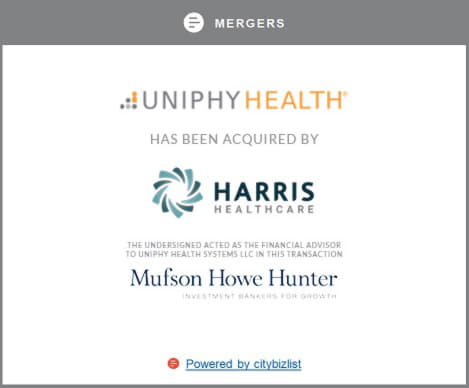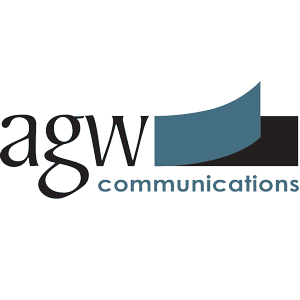Pfizer (NYSE:PFE) has had a very eventful year so far in 2020. The COVID-19 pandemic interfered with the timing of the company's planned merger of Upjohn with Mylan. It also prompted Pfizer to team up with German biotech BioNTech on the development of a COVID-19 vaccine candidate. Pfizer has also reported both good and bad news with its pipeline candidates over the last several months.
Now there's another event to add to Pfizer's eventful year: The company announced its second-quarter results before the market opened on Tuesday. Here are the highlights from Pfizer's Q2 update.

IMAGE SOURCE: GETTY IMAGES.
By the numbers
Pfizer reported revenue of $11.8 billion in the second quarter, down 11% year over year. Despite the decline, the result beat the average analysts' estimate of $11.55 billion.
The company reported Q2 net income of $3.4 billion, or $0.61 per share, based on generally accepted accounting principles (GAAP). This reflected a steep drop from Pfizer's GAAP earnings of $5 billion, or $0.89 per share, in the prior-year period.
Pfizer recorded adjusted net income in the second quarter of $4.4 billion, or $0.78 per share. This was slightly below the company's adjusted net income of $4.5 billion, or $0.80 per share, posted in the same quarter of 2019. However, it handily topped the consensus analysts' adjusted earnings estimate of $0.66 per share.
Behind the numbers
The revenue and earnings declines for Pfizer in the second quarter are somewhat deceiving. Pfizer spun off its consumer healthcare business into a joint venture with GlaxoSmithKline last year. Excluding the impact of this transaction and foreign exchange headwinds, Pfizer's revenue slipped by only 3% year over year in Q2.
Upjohn continued to be the main problem area. Revenue for the segment plunged 31% year over year in Q2 to $2 billion. Most of this drop stemmed from a steep decline in sales for Lyrica, which began to face generic competition in the U.S. in July 2019. Excluding the impact of the falling sales of Lyrica, Upjohn's Q2 revenue declined by 6% year over year on a constant-currency basis.
The COVID-19 pandemic also took a toll. Pfizer stated that its Q2 revenue was around $500 million lower -- roughly 4% lower overall -- because of disruptions to physician visits and lower demand for some products in China due to the pandemic.
There was plenty of good news for Pfizer in Q2, though. Biopharma segment revenue jumped 6% year over year to $9.8 billion. Sales of rare-disease drugs Vyndaqel and Vyndamax totaled $277 million, with 140% operational growth in international markets. Blood thinner Eliquis delivered 19% operational sales growth.
Looking ahead
Pfizer raised its full-year 2020 guidance. It now projects revenue between $48.6 billion and $50.6 billion, up from its previous forecast of a range of $40.7 billion to $42.3 billion. The company expects non-GAAP EPS will be between $2.85 and $2.95, up from its previous guidance of $2.25 to $2.35.
The pharma stock should have several key catalysts on the way. The Upjohn-Mylan merger is expected to close in the fourth quarter of this year. Pfizer and BioNTech advanced a COVID-19 vaccine candidate into late-stage testing this week. If all goes well in this study, the companies hope to seek regulatory approval for the vaccine as early as October 2020.









